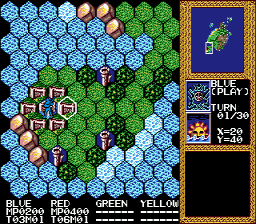



Performance adaptations started with Presumption or, the Fate of Frankenstein, written by Richard Brinsley Peake, first shown in London in 1823 and the most recent is Liam Scarlett’s adaption for the Royal Ballet (ROH, 2019). In the twentieth century, these include sequels (Myers, 1975) and retellings (Ackroyd, 2008 Aldiss et al., 2016), as well as the use of the name ‘Frankenstein’ as a token for horror in subsequent novels from the 1950s onwards (Carrière, 2016). Indeed, responses to Shelley’s novel have proliferated across a range of genres and media since its publication and continue to spawn contemporary reactions. Frankenstein has become a significant cultural reference point. The reception of Mary Shelley’s Frankenstein (1818) offers many opportunities for academic research to intersect with popular culture. This commentary article considers the use of the concepts of ‘monsters’ or ‘monstrosity’ in literature, contemporary research, culture and teaching contexts at the intersection of the Humanities and the Social Sciences. The encounter with a monster can enable us to stop, wonder and change our attitudes towards technology, our body and each other. They still cater to the appetite for horror, but they also encourage us to feel empathy. Through their playful and invigorating energy they can be seen to disrupt and unsettle. Monsters are strong, resilient, creative and sly creatures. Monsters in contemporary culture, however, have become more humane than ever before. Academic debates tend to explore how social and cultural threats come to be embodied in the figure of a monster and their actions literalise our deepest fears (Gilmore, 2009 Scott, 2007). 66), evidences a ‘particular type of monster’. Stephen Asma ( 2009) notes that monsters represent evil or moral transgression and each epoch, to speak with Michel Foucault (Abnormal: lectures at the Collège de France, 1975–75, 2003, p. Monsters serve as metaphors for anxieties of aberration and innovation (Punter and Byron, 2004). The enduring impact of Shelley’s novel, which spans a plethora of subjects and genres in imagery and themes, raises questions of origin and identity, death, birth and family relationships, as well as the contradictory qualities of the monster. This is partly due to the popular reception of Mary Shelley’s Monster, termed a ‘new species’ by its overreaching but admiringly determined maker Victor Frankenstein in the eponymous novel first published in 1818. There is a continued fascination with all things monster.


 0 kommentar(er)
0 kommentar(er)
